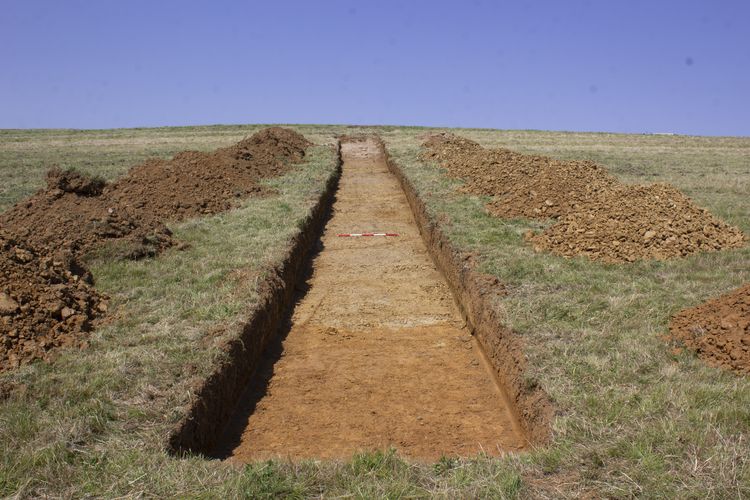The Archaeology Data Service and Digital Antiquity are proud to announce the print publication of two new Guides to Good Practice, Caring for Digital Data in Archaeology and Geophysical Data in Archaeology. These two new print publications are the culmination of three years’ work to update the online Guides to Good Practice to cover a wider range of archaeological data and to refresh the content with up-to-date information.
A wide variety of organisations are both creating and retaining digital data from archaeological projects. While current methods for preservation and access to data vary widely, nearly all of these organizations agree that careful management of digital archaeological resources is an important aspect of responsible archaeological stewardship.
Caring for Digital Data in Archaeology
This Guide to Good Practice aims to improve the practice of depositing and preserving digital information safely within an archive for future use, by providing information on the best way to create, manage, and document digital data files produced during the course of an archaeological project. To do this Caring for Digital Data in Archaeology: A Guide to Good Practice is separated into three primary sections:
- Digital Archiving: An Introduction to this guide focuses on the need for digital archiving through the use of two case studies as well as how to best use the guides.<
- Planning for the Creation of Digital Data outlines issues surrounding data creation and capture, selecting data for digital archiving, documentation and metadata, as well as issues surrounding copyright and intellectual property rights.
- Common Digital Objects, the final section, outlines best practices specific to documents, data sets, and images. Each section covers which formats are archival, and specific issues related to each file format or type.
Geophysical Data in Archaeology
This 2nd edition of Geophysical Data in Archaeology: A Guide to Good Practice systematically explores what should be included in an Archive, illustrated with relevant examples. A conceptual framework is developed that allows assembling data and meta-data so that they can be deposited with an Archiving Body. This framework is also mapped onto typical database structures, including OASIS and the English Heritage Geophysics Database. Examples show step-by-step how an Archive can be compiled for deposition so that readers will be able to enhance their own archiving practice.
Geophysical data are sometimes the only remaining record of buried archaeological features when these are destroyed during commercial developments (e.g. road schemes). To preserve them in an Archive can therefore be essential. However, it is important that data are made available in formats that can still be read in years to come, accompanied by documentation that gives meaningful archaeological context. This Guide covers the creation of the necessary metadata and data documentation. There is no point preserving data if they cannot be used again.
Copies can be ordered online.
These print publications are intended to be used in concert with the comprehensive online Guides to Good Practice site, which will be maintained with up-to-date information and provide more depth of content.






